The wrist joint is a complex joint that bridges the hand to the forearm. It is actually a collection of multiple bones and joints. The bones comprising the wrist include the distal ends of the radius and ulna, 8 carpal bones, and the proximal portions of the 5 metacarpal bones.
The wrist is the final link of joints that positions the hand for functional activities.
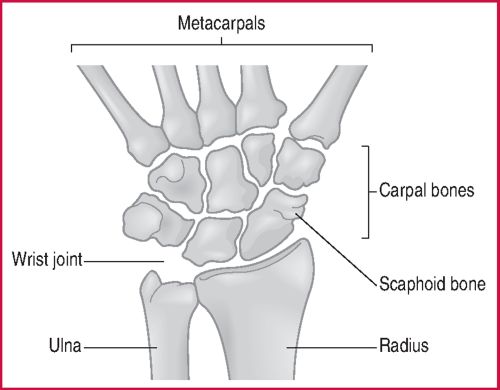
The wrist joint is multiarticular and is made up of two compound joints. It is biaxial allowing flexion (volar flexion), extension (dorsiflexion), radial deviation (abduction), and ulnar deviation (adduction).
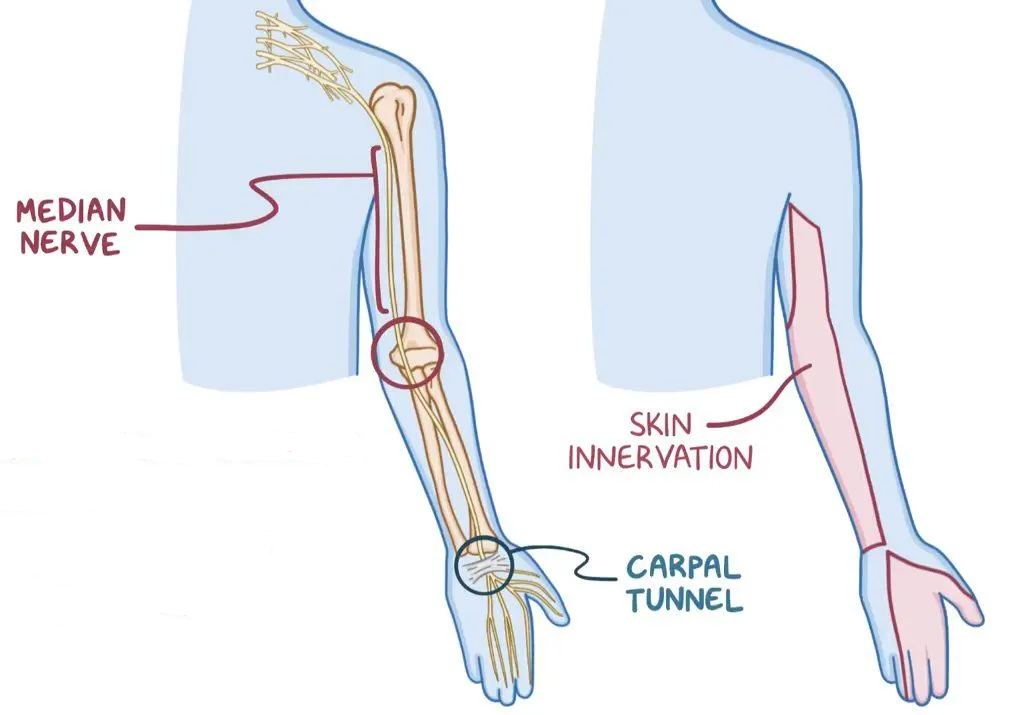
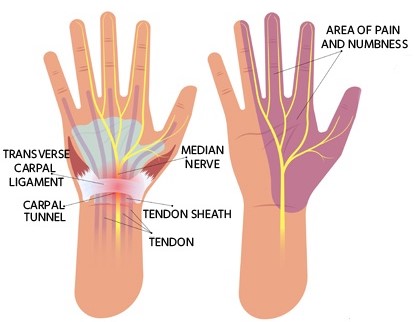
- Frequent, repetitive, small movements with the hands (such as typing, household work, using a keyboard)
- Frequent, repetitive, grasping movements such as with sports and certain physical activities
- Joint or bone diseases such as osteoarthritis or rheumatoid arthritis
- Injuries of the wrist joint such as malunited radial fracture, carpal dislocation, strain, sprain, inflammation, etc.
- Hormonal or metabolic changes such as thyroid imbalance, menopause, etc.
- May be seen with type 2 diabetes
Symptoms:
The early problems may be largely sensory with
- Numbness, tingling, and pain in the thumb and first three fingers
- Burning, aching, and pain in the hand and wrist at night
- Weakness in the muscles of the hand
- Burning, aching, and tingling sensations may be relieved by shaking or massing the wrist
- Later there may be an area of anesthesia and paralysis of the involved muscles
Diagnosis:
- History of symptoms
- Physical examination – bending the wrist, tapping on the nerve or simply pressing on the nerve can trigger symptoms.
- X-ray if any fracture present
- Ultrasound – this can help determine whether the nerve is being compressed.
- Electromyography- this test can identify damage to the muscles controlled by the median nerve, and also may rule out other conditions
- Nerve conduction study
Risk factors:
- Smoking
- High salt intake
- Sedentary lifestyle
- High body mass index
Treatment:
- Take more frequent breaks to rest the hands.
- Avoid activities that make symptoms worse.
- Application of cold packs to reduce swelling.
- Sujok Therapy
- Correspondence points
- Meridian Sujok Ki—Generally in brain meridian or Lungs meridian
- Zone Sujok Ki—generally V8 or as per the affected zone
- Six Ki—We do constitution treatment.
- Triorigin – Ho sedation in neuto of wrist joint cervical & He tonify in anti-inflammatory cells.
- Exercise- Sam won gong of V8

Smile Thanks

Dr. Ajay Singh
Specialist in Sujok Therapy & Functional Medicine B.P.T.,P.G.D.H.H, F.L.S.M, C.A.Y.N
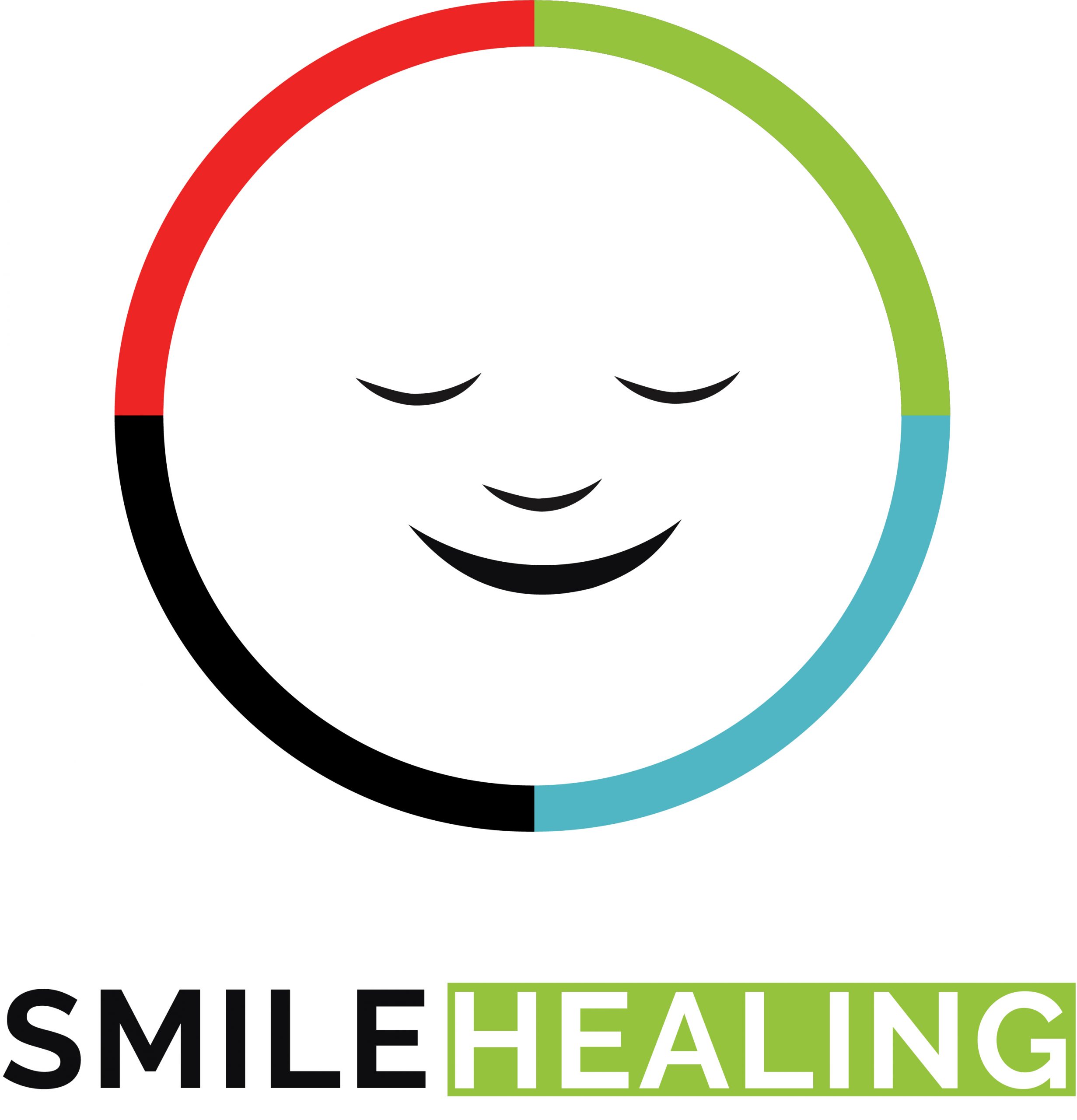
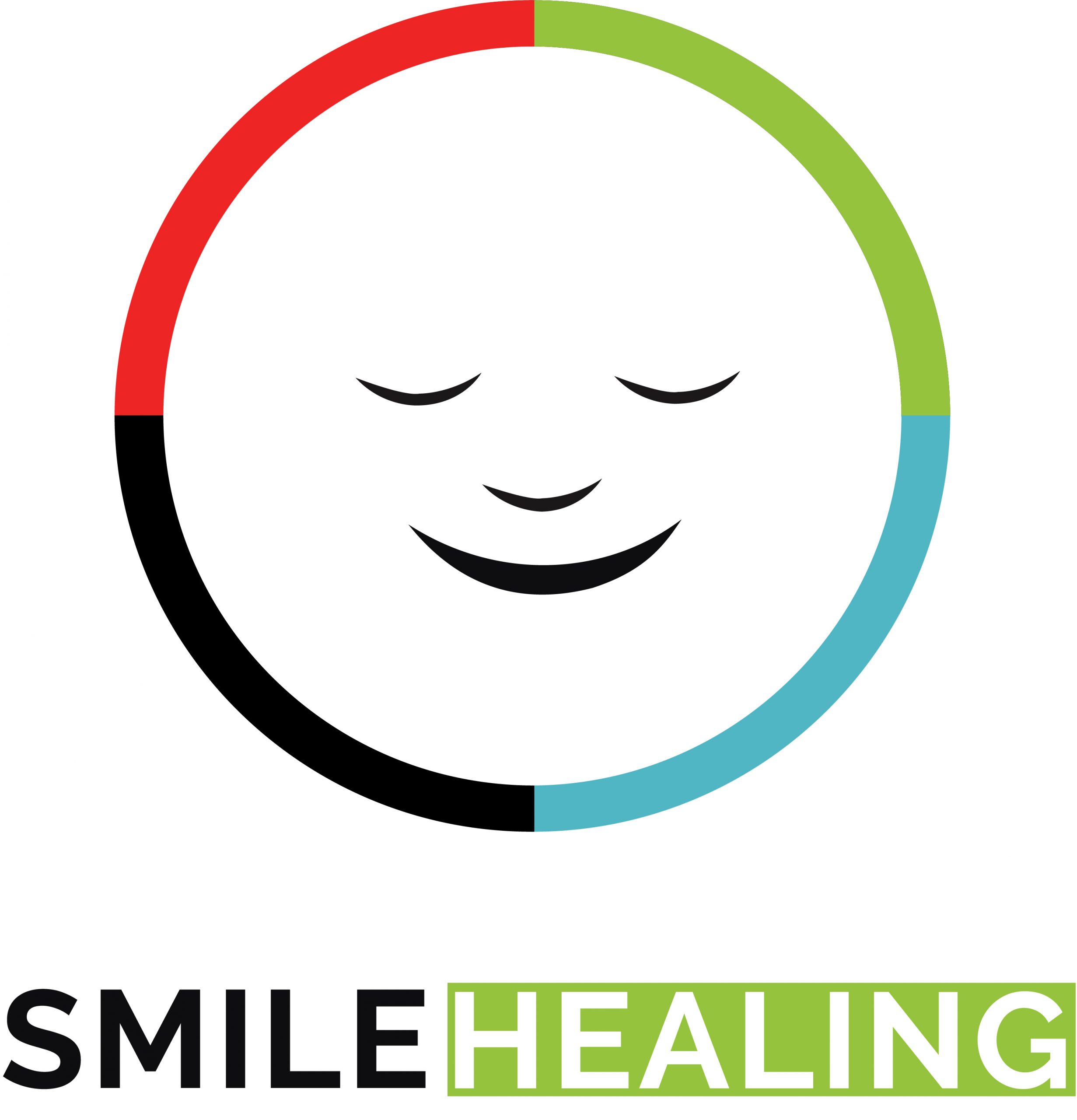
0 Comments